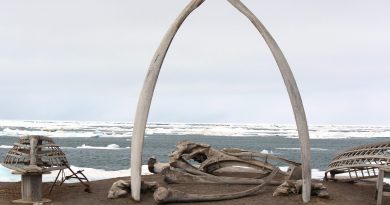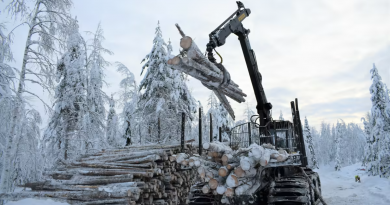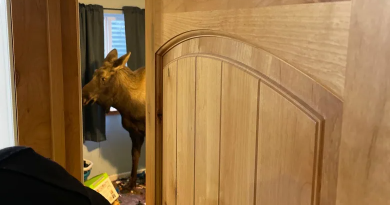Last Hope for Endangered Seals is Manmade
Climate change is having a devastating effect on Finland’s nearly extinct Saimaa ringed seal (Phoca hispida saimensis). With the population no longer able to reliably create birthing lairs in the snow, conservationists have stepped in to help – but are they fighting a losing battle?
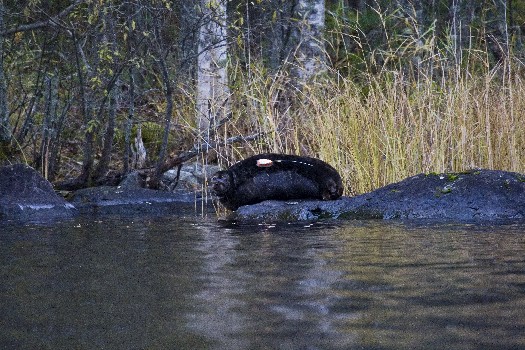 For over 9,000 years, the remote shores of Lake Saimaa in eastern Finland have been home to the Saimaa ringed seal, one of the world’s most isolated creatures.
For over 9,000 years, the remote shores of Lake Saimaa in eastern Finland have been home to the Saimaa ringed seal, one of the world’s most isolated creatures.
Seclusion has suited the gray, freshwater mammals that were separated from their ancestors, the ringed seals, during the last Ice Age. Unfortunately, the reclusive population’s numbers are dwindling –largely due to human activities like net fishing and climate change. Currently there are fewer than 300 seals left in the wild.
The past few winters have been particularly precarious for the seals and their pups. Last year, only around 40 pups were born. Warmer winters and a paucity of snow are threatening the seals’ nesting habitat. The animals, which are extremely dependent on snow and ice, make birthing lairs by digging a hole into snowdrifts in the late winter and early spring.
This winter researchers at the in Joensuu are trying to lend the seals a hand. They’ve launched a three-year project to build manmade snowdrifts to improve breeding among the seals. WWF Finland says this year’s research results could be ambiguous because of the abundance of snow. Still, he doesn’t believe the manmade shelters were built in vain.
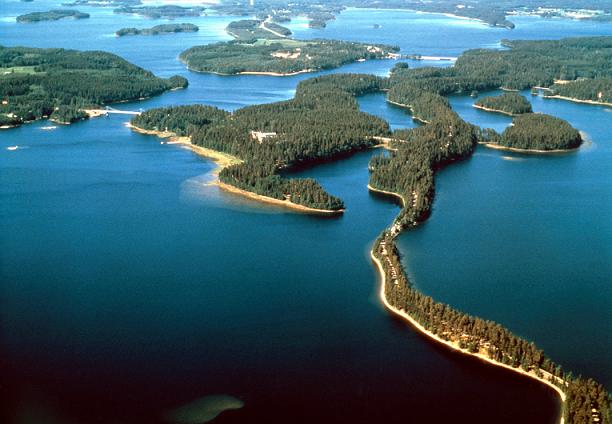 Miina Auttila, who is working on the project, says researchers and locals have come across several new pups stranded on the ice without the protection of snowdrifts in recent years.
Miina Auttila, who is working on the project, says researchers and locals have come across several new pups stranded on the ice without the protection of snowdrifts in recent years.
“Unstable ice conditions, increasingly early snowmelts, and lack of snow may have unpredictable and dramatic long-term consequences for pup survival and the future of this small endangered seal population,” she says.
The team of researchers hopes that their snow lairs will give the pups the environment they need to thrive. So far, researchers have built over 30 snowdrifts for the seals. They have also set up cameras nearby to monitor the predators and other disturbances during breeding season.
A Welcomed Cold Snap
Although the past several winters have been uncannily warm, this winter happens to be bitterly cold on Lake Saimaa.
Petteri Tolvanen, the program director of the Finnish biodiversity program at
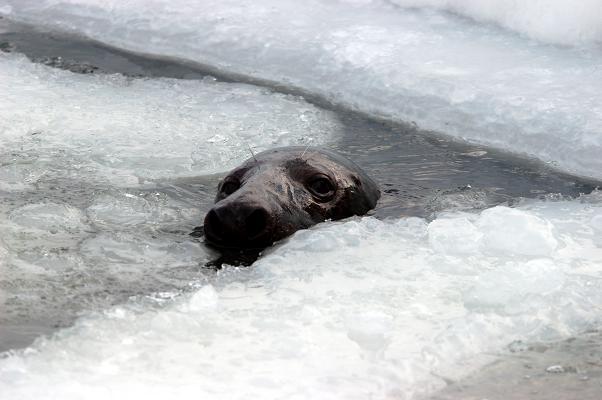 “There is plenty of snow, but the structure of the snow is not perfect for seals because there have not been warm periods at all. In this respect, the snow packs can be helpful for the seals,” says Tolvanen.
“There is plenty of snow, but the structure of the snow is not perfect for seals because there have not been warm periods at all. In this respect, the snow packs can be helpful for the seals,” says Tolvanen.
Auttila adds that her research team is optimistic about the pups’ survival rate this year.
“Powdered snow is great for alpine skiing, but not seals’ lairs because the ceiling may collapse more easily in the powdered snow. During this winter, there has not been any mild period for snow to pack, but we hope that the thickness of the snow helps,” says Auttila.
The results won’t be known until pup numbers are counted this spring. Auttila says that if their method works, more manmade nesting areas could be set up in the future. However, she says they may have to turn to artificial lairs if Finland’s winters continue to get warmer.
But Are They Healthy?
Conservationists at WWF Finland hope the number of seals could reach 400 within the next decade. However, the small population size makes the group especially vulnerable to diseases and environmental changes.
Mia Valtonen, who studies the Saimaa ringed seal at the University of Eastern Finland in Joensuu, says the endangered animal already lost most of its genetic diversity during its isolation. But she notes that so far no severe effects of inbreeding have been observed.
For now simply increasing the number of seals is the main goal.
“The fact that the genetic diversity of the population is low is of secondary importance at this point. First, it would be essential to get away from the brink of extinction,” says Valtonen.
Although the seals’ overall genetic health will not necessarily improve rapidly with increased numbers, it certainly will not worsen.
Meanwhile, there is hope. Valtonen points to the northern elephant seal. In the 19th century, there were fewer than 100 individual seals. Finding refuge in Mexican waters, they were granted protection by the Mexican government, and today the population stands at over 100,000.
If the snow lair project works, human activity could – for once – benefit the Saimaa ringed seal.
Correction: This article is by Yle News, not Khady Beye as was previously bylined.

